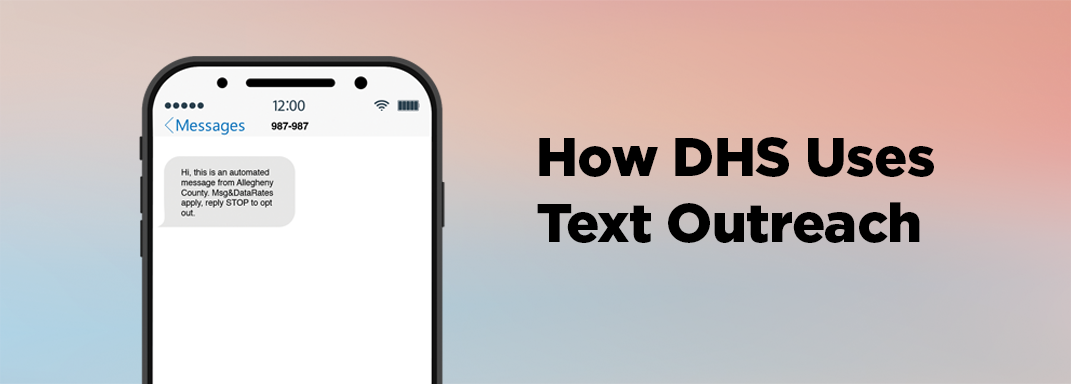Background
In the United States, there are barriers to accessing mental health services, especially for Medicaid recipients, who face additional challenges in receiving care compared to their peers who use private insurance. Medicaid recipients often have decreased provider acceptance rates and increased wait times for care. Reimbursement rates can influence the availability and quality of mental health services for these recipients, highlighting the importance of evaluating compensation frameworks and their impact on the access and delivery of mental health services.
The Allegheny County Department of Human Services (DHS) partners with Community Care Behavioral Health (CCBH) to provide behavioral health services for Medicaid recipients. The resources (i.e. report and summary) present a decade (2010-2019) of information, encompassing claims data (i.e. billing and payment records) and rate variations. Analyzing data prior to COVID-19 ensures findings and inferences from the data reflect pre-pandemic conditions only.
What You Need to Know
The report evaluated over 1,100 behavioral health providers and over 90 service codes. The evaluation of reimbursement rates and service availability has identified some relationships between provider responsiveness and payment systems.
- A 20% increase in Medicaid reimbursement rates resulted in a 3.2% increase in services offered, demonstrating a small yet positive relationship. The increase in reimbursement rates offered a temporary increase in service provisions, but this effect was not sustainable, eventually declining or disappearing within 4-5 years.
- Established clients made up more of scheduled visits than new patients during this time of rate and service increases.
- Larger providers have less challenges in adopting and adapting to rate fluctuations than smaller providers.
Why This Matters and What’s Next
In Allegheny County, Medicaid reimbursement rates are generally lower than Medicare rates. The disparity in these funding mechanisms suggests Medicaid enrollees are less attractive to providers than Medicare recipients. The analysis also suggests rate increases did not offer a sustainable solution for increased access to mental health services. Addressing system-level constraints (e.g. workforce shortages, limited facility capacity) may facilitate development of sustainable and equitable approaches to receiving care. Additionally, continued monitoring and evaluation of the needs of small providers, the disparity between Medicare and Medicaid rates, and the demand for a long-term sustainable strategy for service provisions may be particularly beneficial, as these efforts may be crucial in establishing effective and equitable health care solutions for Allegheny County and the nation.













